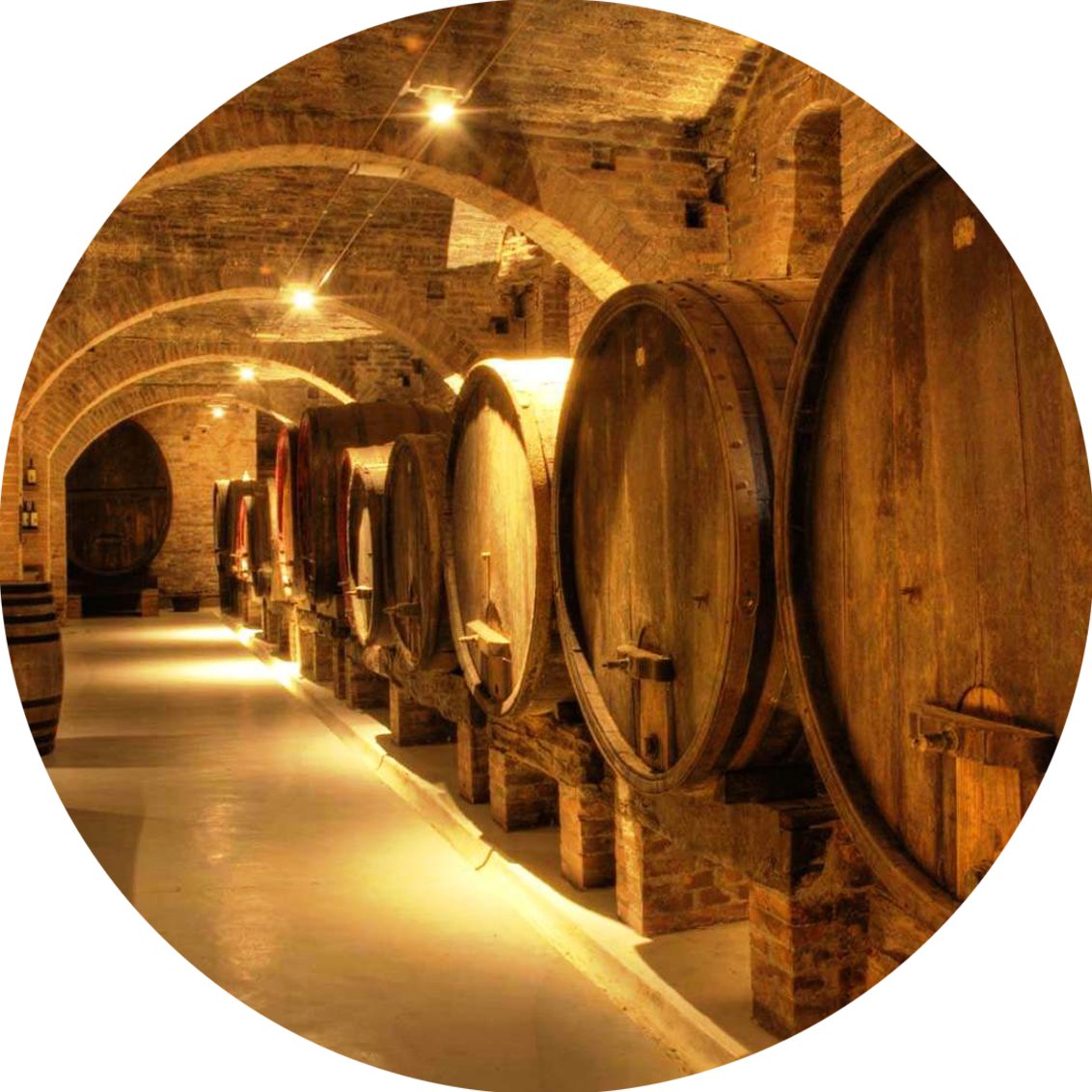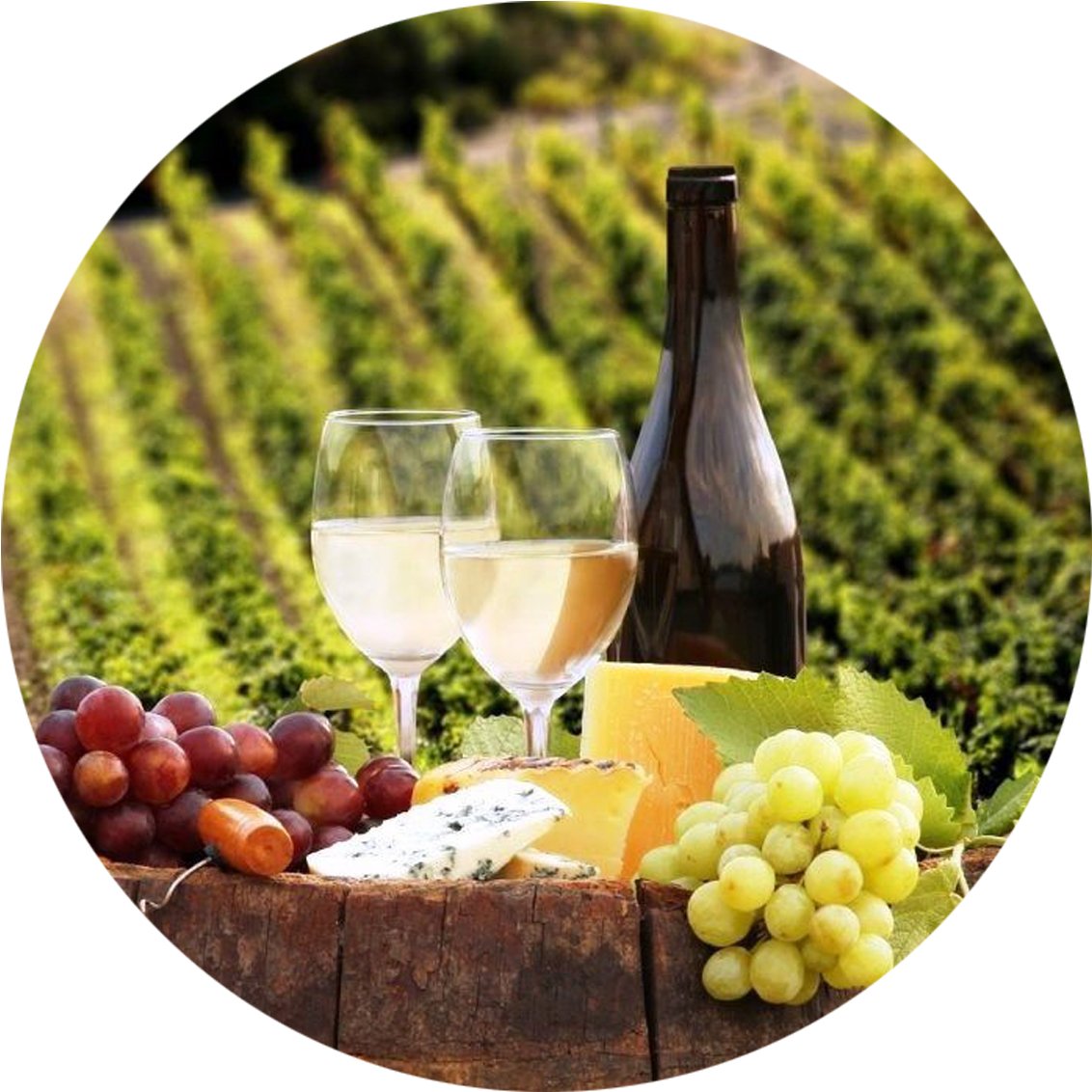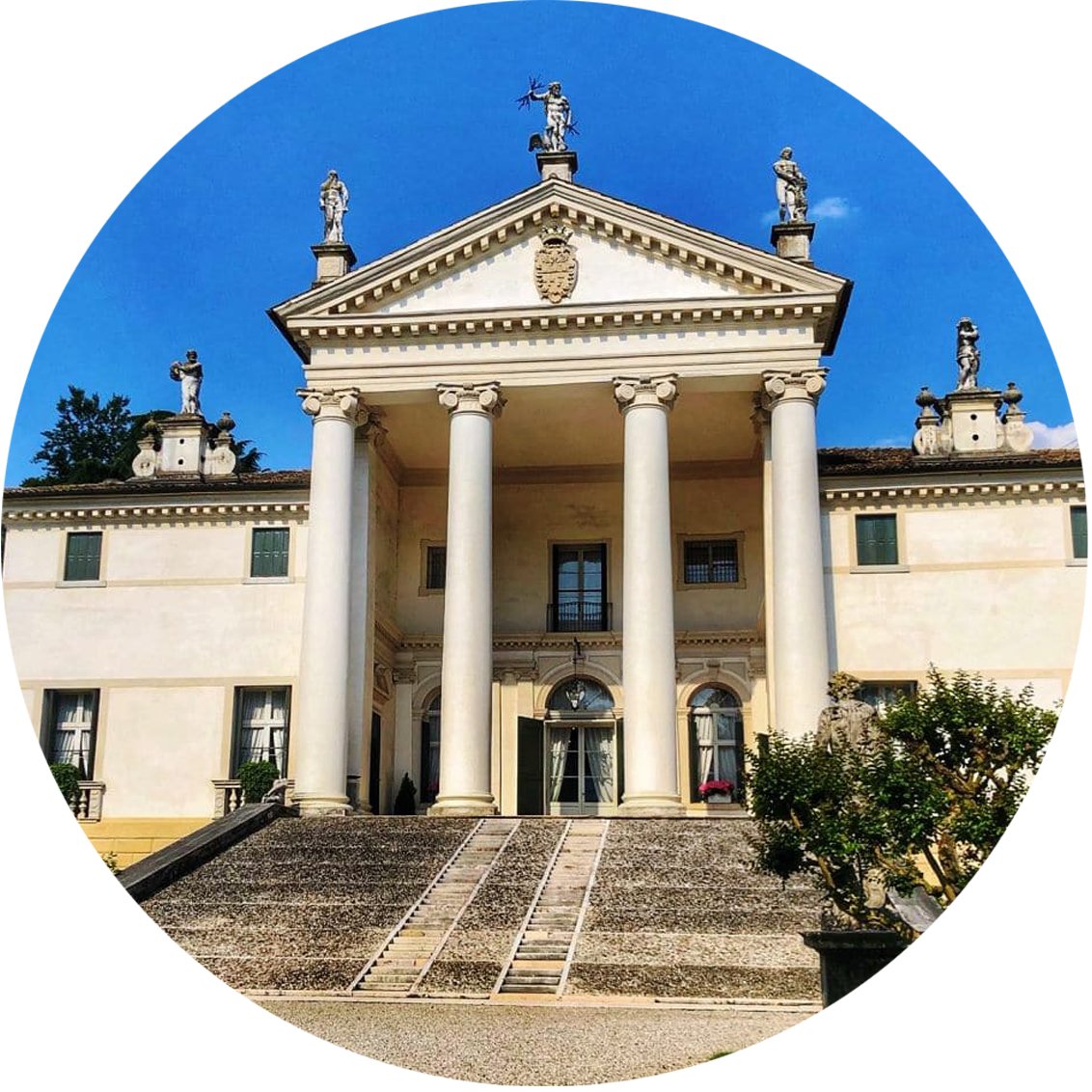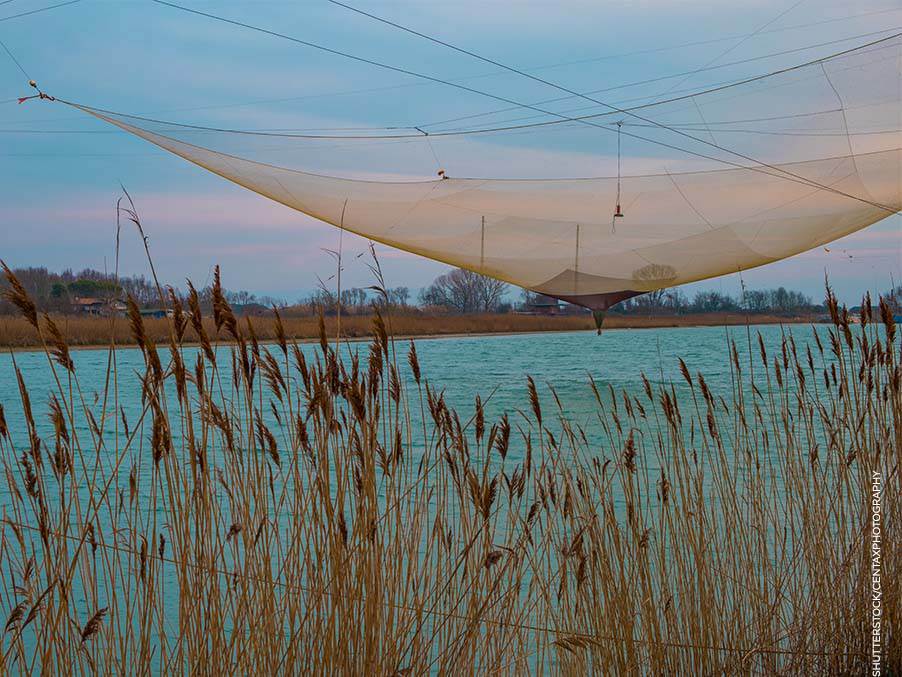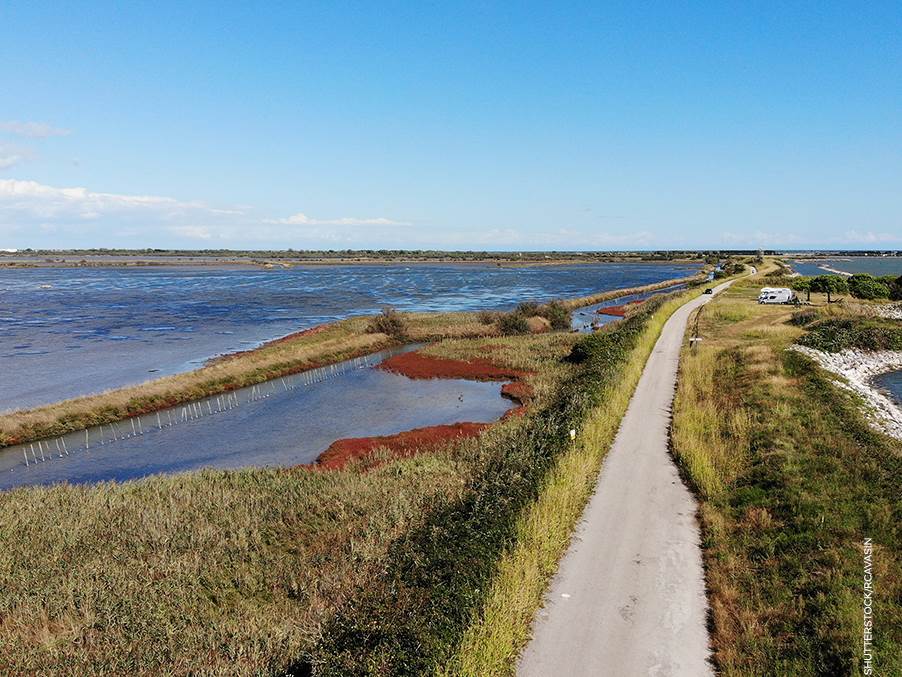The Prosecco hills
The area protected by Unesco where Italy’s most famous sparkling wine is produced
The Prosecco hills had what it takes to make a rather ‘sparkling’ wish come true: to become a Unesco World Heritage Site. And, in fact, the confirmation arrived in 2019. Indeed, these heroic vines, which seem to fluctuate on the slopes thanks to grassy terraces called ‘ciglioni’, the result of human labour and effort, deserved this worldwide recognition. Although the name Prosecco comprises a variety of productive areas and slightly different wines, the real one – His Majesty Prosecco Conegliano Valdobbiadene Superiore Docg – comes from these 6,500 hectares of land between Valdobbiadene and Conegliano.
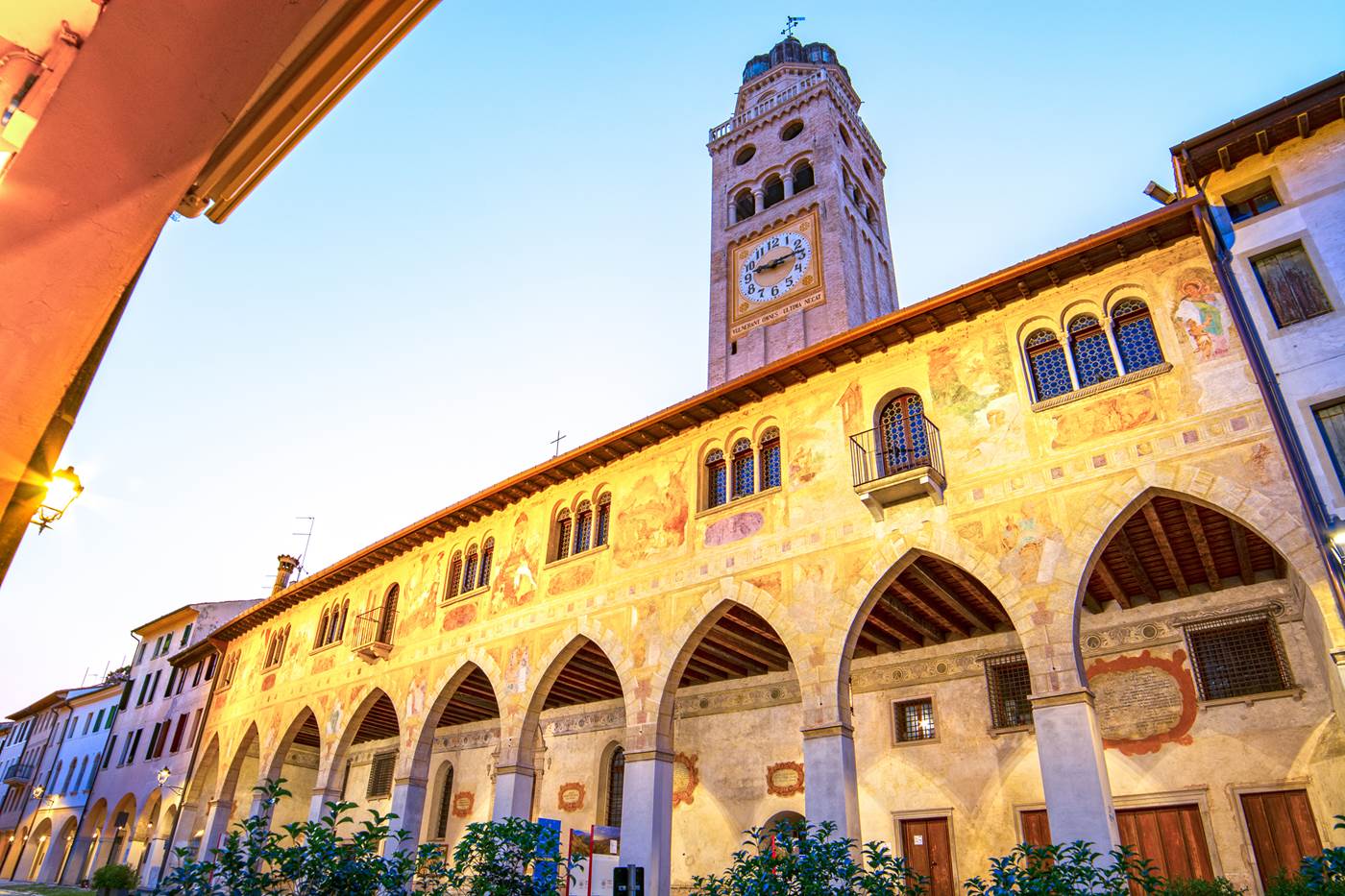
The area is a sort of natural amphitheatre bordered below by the meanders of the Piave River and overlooked by the Pre-Alps. And it appears as a mosaic dotted with vineyard slopes (sometimes looking like they were traced with a ruler), woodlands, villages, rustic stone farmhouses, and high, solitary bell towers. It’s also characterised by a constellation of villages including Refrontolo, Pieve di Soligo, Susegana, and Follina, all particularly devoted to viticulture.
Truth be told, in addition to the scent of grapes that pervades them, these places have one merit above all: that involving ancient gestures handed down, a straightforward lifestyle, and the ability to make one feel good thanks to authentic and honest values. Perhaps that’s why people and guests of the osterias always feel the need to chat with a glass in hand. And since here, in the Alta Marca Trevigiana, the range of wines is very wide, no doubt that such a glass would contain a Cartizze, a Bianco dei Colli, a Refrontolo Passito, a Torchiato di Fregona, or His Majesty, the Prosecco.
To taste them and discover the many wine cellars scattered among the vineyard rows, all one has to do is walk along the dense network of paths and solitary white roads that wind through the hills and define the itineraries of the Prosecco Superiore Wine Route.
Furthermore, this itinerary appeals to everyone. Those who go to wineries, but also those who like to stroll through the narrow streets of villages to discover parish churches and poignant views, as well as those who are interested in its slow pace and wish to enjoy the countryside as a spectator; or those who simply like to visit some osterias for a food and wine tasting, and those who prefer to test their legs along with their breath, between a bike ride and a good glass of wine. Perhaps by taking part in the famous Eroica competition, which here takes place in Veneto style (it’s called the Nova Eroica Prosecco Hills) between April and May, combining vintage cycling enthusiasts, engaged along various routes amidst the vineyards.
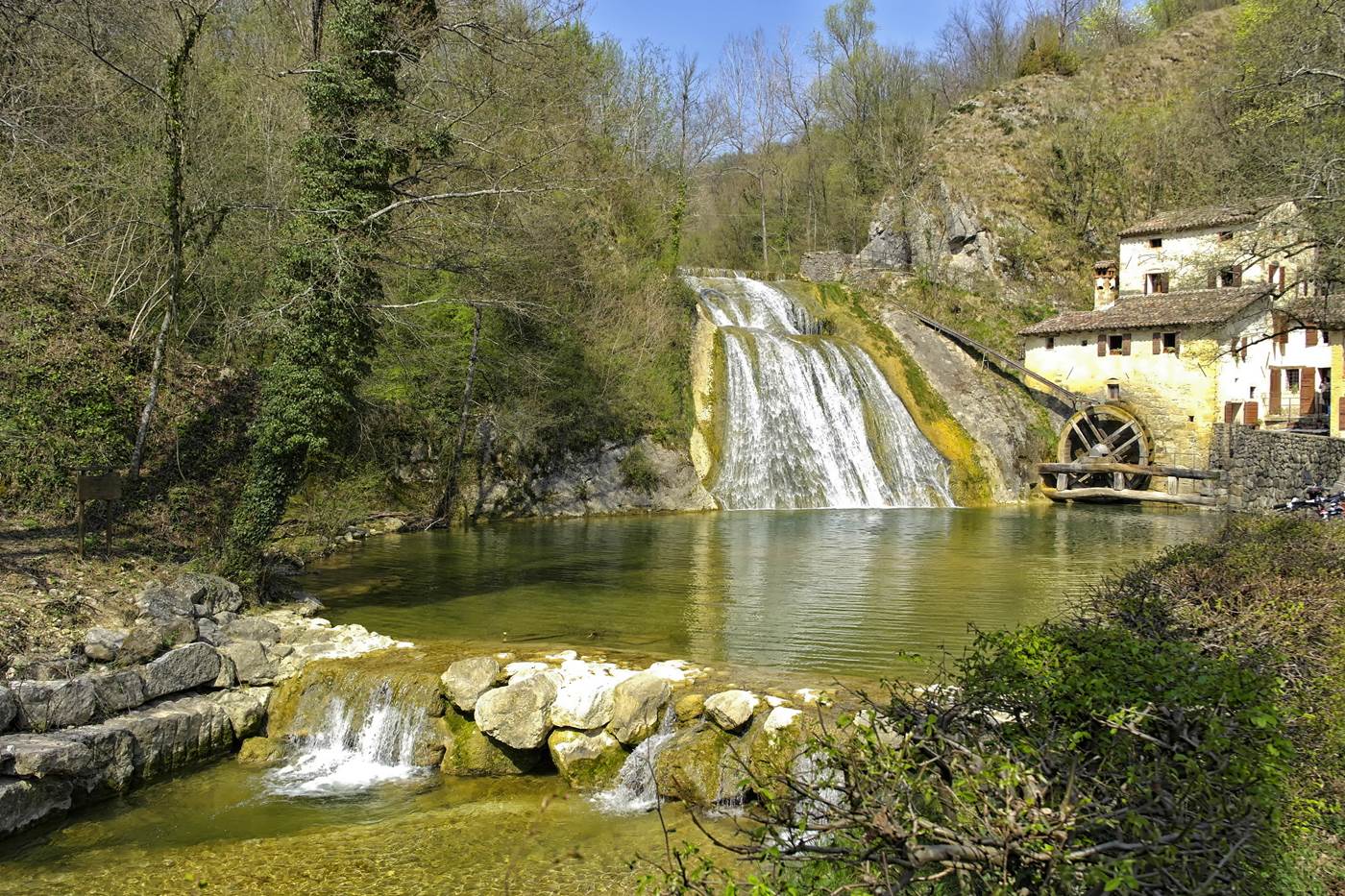
A postcard from the Gods: from Conegliano to Refrontolo
Ideally, the Prosecco Superiore Wine Route starts from its birthplace, Conegliano, where Italy’s most famous sparkling wine was produced for the first time. After all, if Prosecco Superiore Docg has become a winning model, a big name in global gastronomy like Grana Padano, Mortadella di Bologna, and Prosciutto San Daniele, it is due to the oldest school of viticulture and oenology in Europe (it was established in 1876), which in Conegliano has forged generations of oenologists skilled in sparkling wine techniques. In addition, Conegliano is also a beautiful town, with ancient walls and Renaissance treasures such as the altarpiece by Gianbattista Cima visible in the Duomo, and the Sala dei Battuti, a space frescoed by Francesco da Milano with scenes ranging from the Creation to the Last Judgement. In the adjoining room there are also five precious Flemish tapestries from the 16th century.
From Conegliano, the diversion to Vittorio Veneto is short but intense, as they say. Because they call it the little ‘Florence of the Veneto’ and indeed it is of magical beauty, especially if you get there at nightfall, when the 16th-century Piazza Flaminio with its frescoed façades is lit up by the lights of the streetlamps.
Rolle is a handful of kilometres away, but one does not pass there by chance, one must get there without getting lost along the winding road that leads to this village, a hamlet of Cison di Valmarino (also an amazing town certified by the TCI as an Orange Flag). With the discretion that distinguishes it, Rolle appears on the hilltop as if suspended, or rather hanging from the slopes of the hills. The most effective definition of this place, inhabited by a few dozen souls and with its solitary bell tower, was given by Andrea Zanzotto, the great poet of Pieve di Soligo: “it’s a postcard from the Gods”.
Immediately after Refrontolo, one finds the Molinetto della Croda, an ancient mill of bucolic beauty that still stone grinds the flours from which focaccia and polenta are made, i.e. the perfect side dishes for the typical spiedi, cheeses, or soppressa (a type of salami); of course, to taste with a glass of Prosecco or a local aromatic Refrontolo passito.
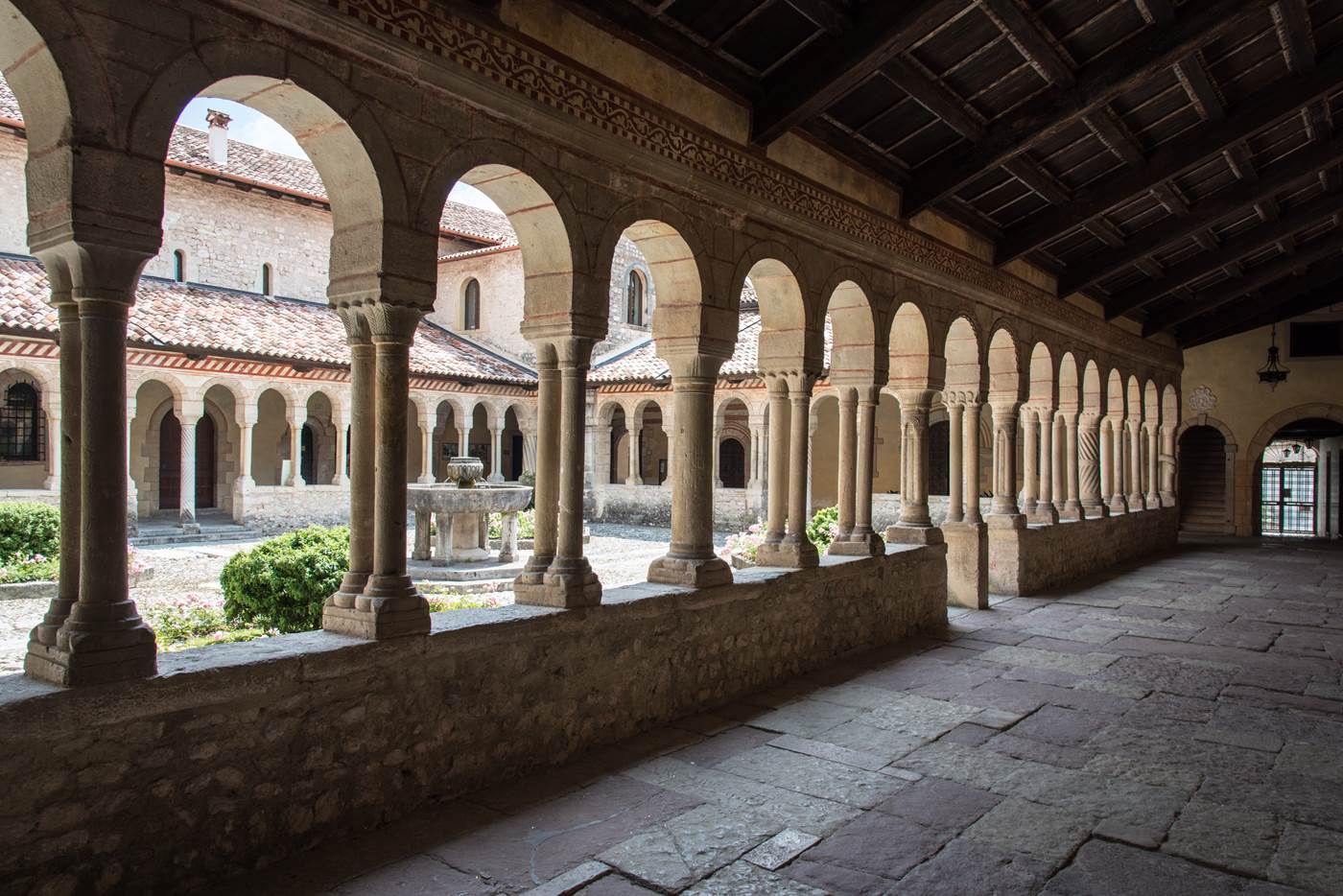
The Follina Abbey and Valdobbiadene
Not to be missed is an excursion to Follina, also an Orange Flag village of the Italian Touring Club, known for its 12th-century Cistercian Abbey of Santa Maria. One immediately recognises its spiritual nature. In the dim light of the perfectly preserved cloister, one simply breathes a soothing silence, surrounded by columns, each one different from the next, inlaid with symbols and sinuous lines. And in the middle, an octagonal fountain.
The next destination is Possagno, the birthplace of the sculptor Antonio Canova, where you can visit the Antonio Canova Gypsotheca Museum that collects the great historical and artistic legacy of the greatest exponent of Neoclassicism. The visit continues with the archpriest church of the Holy Trinity, commonly known as the Canovian temple. The building, in neoclassical style, was designed in the early nineteenth century by Antonio Canova.
Then, as soon as one heads towards Valdobbiadene, each bend – with the different daylight – is a temptation to take one more stunning picture; indeed, this is the stretch with the most striking views of the Prosecco area, characterised by non-stop vineyards rows and chestnut woods. All the way to Valdobbiadene, which offers to visitors some valuable piece of art, such as the Venetian paintings preserved in the Duomo or the Villa dei Cedri, a 19th-century Art Nouveau building with a large public park, which hosts ‘sparkling’ wine events such as Calici di Stelle every year.
For those wishing to combine good wine with a visit to an authentic Venetian villa, the Palladian Villa Sandi in Crocetta del Montello, dating back to 1622, is the place where art and agriculture combine and the land of Prosecco leaves room for the DOC wines of Montello and Colli Asolani.
USEFUL INFO
Distance from Noventa di Piave Designer Outlet to Conegliano: approx. 36 km, travel time approx. 44 minutes
Distance from Noventa di Piave Designer Outlet to Molinetto della Croda (Refrontolo): approx. 46 km, travel time approx. 55 minutes
Distance from Noventa di Piave Designer Outlet to Follina: approx. 51 km, travel time approx. 60 minutes
Distance from Noventa di Piave Designer Outlet to Valdobbiadene: approx. 57 km, travel time approx. 60 minutes
CONEGLIANO
Duomo. Via XX Settembre 44, parrocchiaduomocosta.altervista.org
REFRONTOLO
Molinetto della Croda. Via Molinetto 40, tel. 0438978199, www.molinettodellacroda.it
FOLLINA
Cistercian Abbey of St. Mary. Via Convento, tel. 0438970231, www.comune.follina.tv.it/home/Vivere/Abbazia-Cistercense.html
VALDOBBIADENE
Duomo. Piazza Marconi.
Villa dei Cedri. Via Piva 89
in partnership with ![]()
Experience
Read next



